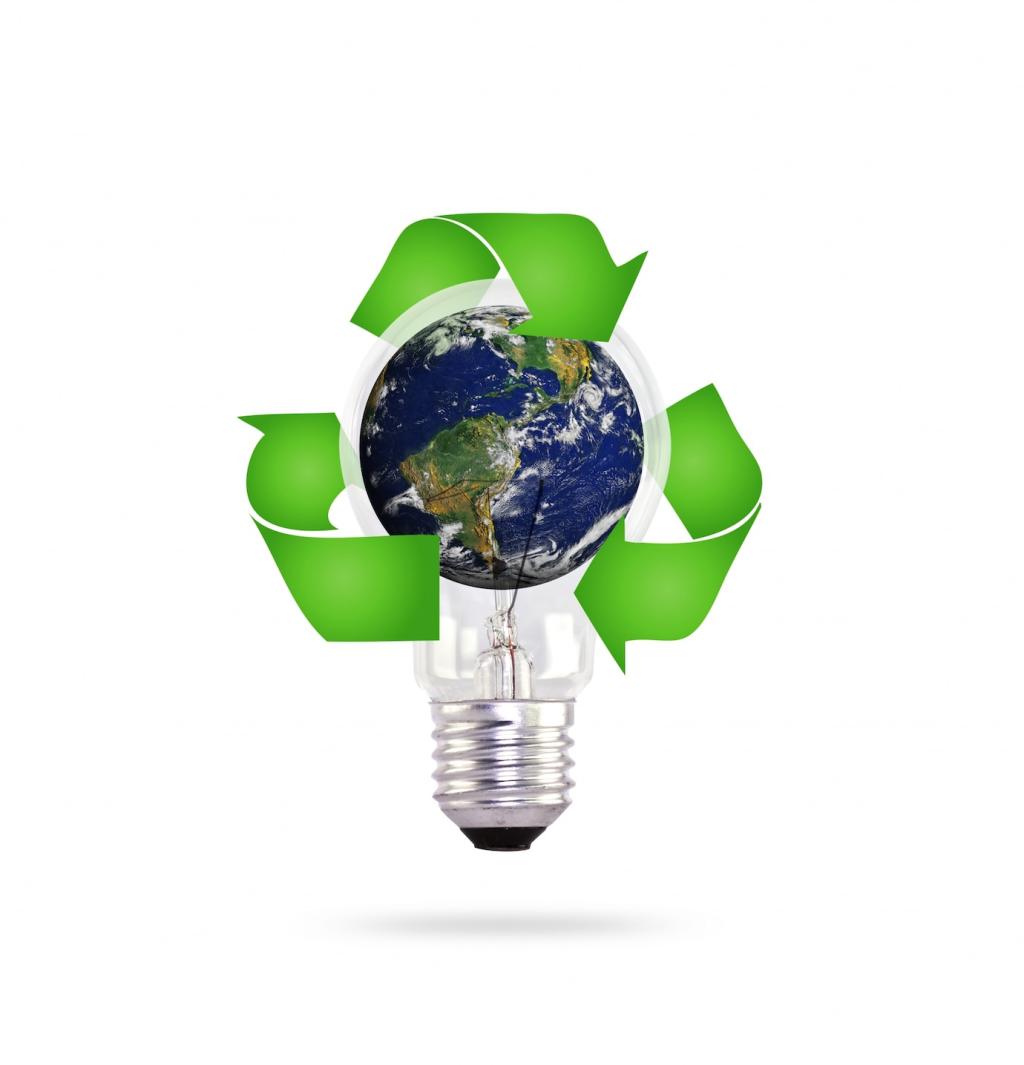This website uses cookies so that we can provide you with the best user experience possible. Cookie information is stored in your browser and performs functions such as recognising you when you return to our website and helping our team to understand which sections of the website you find most interesting and useful.
Emerging Trends in Solar and Wind Energy Storage Systems
The rapid growth of renewable energy sources, especially solar and wind, has brought energy storage systems to the forefront of the clean energy revolution. As the world shifts toward sustainable power, efficient storage mechanisms become critical for overcoming intermittent supply and ensuring grid reliability. Recent advances in technology and innovative approaches are transforming how we store and utilize solar and wind energy, making storage not just a necessity but a driver of further innovation and expansion in the sector. This page explores the most significant emerging trends in the storage of solar and wind power, highlighting developments in battery technology, grid integration, digital solutions, and the market landscape shaping the future of clean energy.


Next-Generation Battery Chemistries

Grid-Scale Battery Installations

Sustainable and Recyclable Battery Solutions
Integration of Energy Storage with Smart Grids


